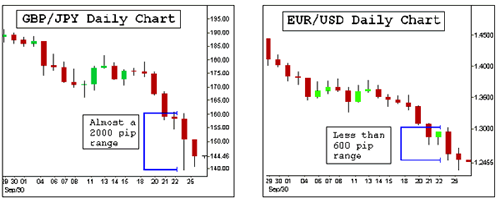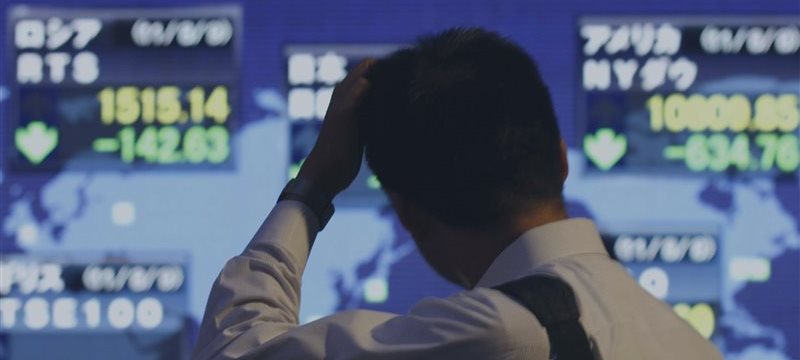1. Be More Selective Before Placing Trades
It is important to remember that in volatile times, losses are likely to be big. Before placing a trading, assess risk tolerance levels. Determine the level of risk that is acceptable for the trader both psychologically and financially before placing any trades.
2. Use Less Leverage
During high market volatility, losses can be traumatic. With the average trading range increased in volatile times traders should be considering how leverage will affect trades. At a one percent or even a half percent margin, investors should be mindful of how much leverage or even the size position being traded can affect their portfolio. In normal market conditions, placing a 2 lot position is fine when you are looking to make about 50-100 pips. During a more volatile time, when the potential loss is 100-200 pips, it stops being an effective risk to reward ratio. To compensate traders should look to taking on smaller trading positions, in this case only one lot as opposed to the average 2 lot position.
3. Trade with More Discipline
Traders should always follow their predetermined trading strategy regardless of market condition.
4. Tighten Stops
Many traders are hesitant to use tighter stops in volatile markets
because they see the large swings increasing the likelihood that the
position will be taken out. Having tighter stops can also provide great
risk managers in times of extreme volatility.
The width of the stop being set does depend on the currency pair
being trading as some pairs have wider ranges. In a Yen cross like the
GBPJPY or AUDJPY, traders may be more likely to have wider stops as
their average daily range is 50% more than that of the EUR/USD. With
that said, stops during volatile market conditions should not as wide as
before. Instead of a stop 100 pips below entry, traders may consider a
25 pip reduction and have a 75 pip stop. Below is a chart showing the
EURUSD and the GBPJPY on the same very volatile day in the forex market.
The EURUSD had an impressive range of nearly 600 pips! The GBPJPY far
dominated though with nearly a 2000 pip trading range.

5. Be Prepared
It also helps a trader to know what is causing the current spate of volatility in the markets in order to be prepared for the unexpected. As such, an investor can accommodate their strategy to the market environment and not just the currency pair being traded. The first of these considerations is accounting for emotions in a market: is fear currently driving the market lower? Or is it buyer's mania that is keeping the bullish tone alive? Traders' overreaction and emotion tend to push markets to overextended targets. This fact alone creates volatility through simple supply and demand.



